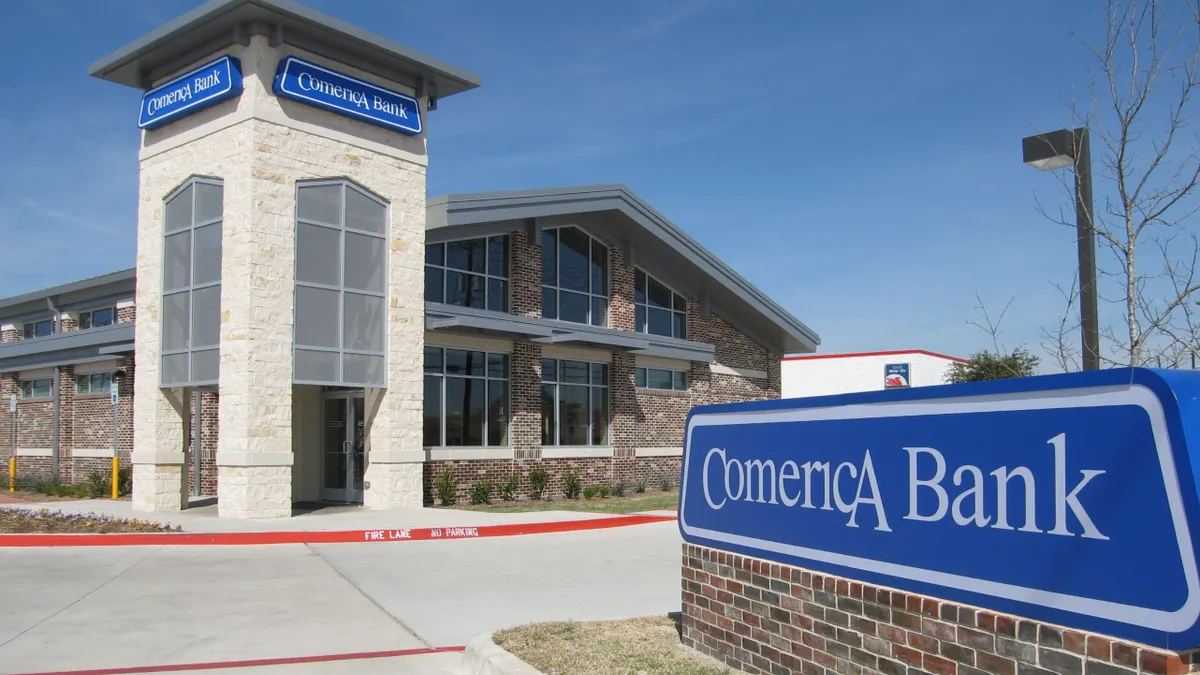A hypothetical U.S. central bank digital currency (CBDC) would need to ensure user privacy, be "identity verifiable," be "intermediated" and be widely accepted as a means of payment, Federal Reserve Chair Jerome Powell said Wednesday during a panel discussion hosted by the Bank for International Settlements (BIS), according to Bloomberg.
Despite listing those four qualifications, Powell said the Fed hasn’t decided whether it will issue a digital dollar, adding the central bank is "only at the beginning of this journey," The Wall Street Journal reported.
Powell said the Fed supports innovation in digital financial products — Wednesday’s BIS event was billed as an innovation summit — but cautioned it is "easy to see the risks" inherent in some technologies, such as cryptocurrencies.
"There are potential financial stability concerns for some products," Powell said, according to The Wall Street Journal. "We don’t know how some digital products will behave in times of market stress."
Powell emphasized the need for regulators to curb the use of crypto assets to facilitate illicit activity. In that vein, a piece of connective tissue Powell backs — namely, that a CBDC be "identity verifiable" similar to the way U.S. bank accounts are identifiable — could help fight money laundering and distinguish CBDCs from other digital assets.
Security emerged as a major concern in a long-awaited draft paper the Fed issued in January, laying out the pros and cons of issuing a CBDC. The report made no policy recommendations but was designed to solicit feedback. The Fed is taking public comments on the draft paper for roughly another 60 days. The report was followed quickly by a paper detailing the first phase of CBDC research embarked by the Boston Fed and the Massachusetts Institute of Technology.
Powell wasn’t the only U.S. official to comment this week on the Fed’s strides toward technological advancement. Nellie Liang, the Treasury Department’s undersecretary for domestic finance, said the Fed’s plans for a real-time payments system may provide some of the benefits observers had been seeking in a CBDC.
"Because FedNow relies on the banking system, there already are safeguards for consumers and businesses," Liang told a National Association for Business Economics conference Tuesday, according to Bloomberg. "Bank-based money usually has deposit insurance and banks are generally eligible to obtain access to the lender of last resort. These two backstops help to ensure that bank money is not runnable."
Liang is rumored as a target for an open position at the Fed, Reuters reported last week.
FedNow, at last glance, was still slated for a 2023 debut.
Powell’s Wednesday comments, meanwhile, came at the same annual event where, last year, the central bank chief doubled down on his stance that he is in no hurry to issue a CBDC.
He said at the BIS event last March the U.S. has "an obligation to be on the cutting edge of understanding the technological challenges, as well as the potential costs and benefits, of issuing a CBDC," but "because we’re the world’s principal reserve currency, we don't need to rush this project, and we don't need to be first to market."
Several of his comments Wednesday concerned regulation of emerging technologies. He said the Fed would be guided by a principle of "same activity, same regulation" — namely, that activities regulated in the banking system should be subject to the same rules if those activities move outside banking regulators’ purview.
"It’s highly likely that digital financial activities that are currently outside the regulatory perimeter will … be brought within it, which is necessary to level the playing field, keep trust of users, protect consumers, and all of that," Powell said, according to The Wall Street Journal.
The BIS, meanwhile, has developed two prototypes for a platform on which financial institutions can use CBDCs to transact directly with one another on a shared platform. Project Dunbar, as it’s called, may ultimately save time on cross-border payments and cut costs by reducing the need for intermediaries, the BIS said Tuesday, according to Bloomberg.
"While there is clearly more work to be done in thinking about the feasibility and design of multi-CBDC platforms, the findings from Project Dunbar provide a good platform for future work," said Michele Bullock, assistant governor at the Reserve Bank of Australia, one of four central banks participating. The others are the South African Reserve Bank, the Monetary Authority of Singapore and Bank Negara Malaysia.
As for the U.S., President Joe Biden signed an executive order this month placing the "highest urgency" on the research, development and design of a potential U.S. CBDC and directed the Treasury Department to deliver a report on the matter within 180 days.






















